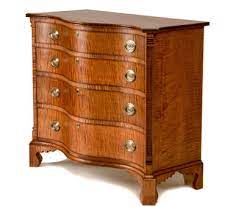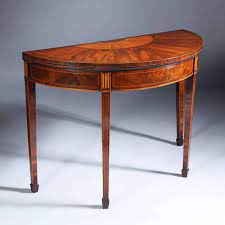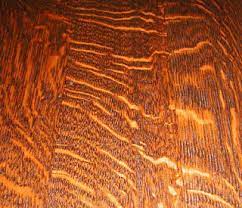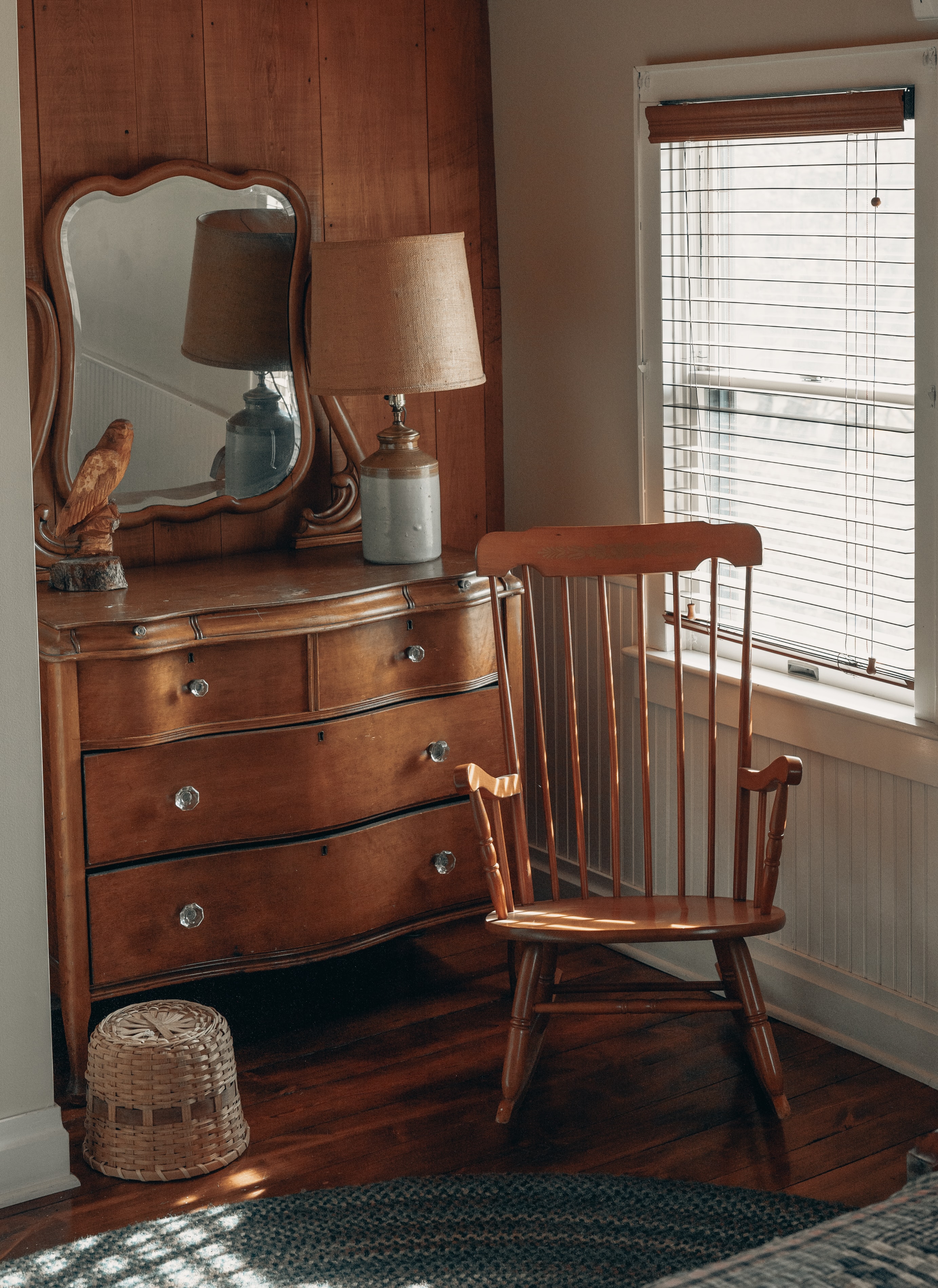
“One language sets you in a corridor for life. Two languages open every door along the way.”
Frank Smith
I am always so gob-smacked by Kate. My soon-to-be daughter-in-law speaks three, count ’em, three languages: Spanish, Portuguese and English (and she’s teaching herself French to boot)! Yikes! She has such a propensity for foreign language and I am continually impressed by this talent. I know that, unlike my dear Kate, I will never be truly proficient in a foreign language (some would say that I’m not even proficient in English, but that’s another blog for another day). I realize, however that I am, in fact, able to speak one other language; I can speak Furniture. Yes, you read that right, I speak Furniture ( not to be confused with speaking to furniture, because, quite frankly, that would just be weird). No, I speak Furniture because I am immersed daily in all things furniture and to have to understand the different terms associated with this gig. It really is a language unto itself and a lot of people don’t get it. So, I thought you might think it’s fun to learn a little Furniture today? It’s not exactly a trick to pull out at your next cocktail party to impress the guests or use on Jeopardy, if they ever come calling, but it will help you to understand some of the terms of art about furniture. Then, the next time you’re on the hunt for something for your home, you’ll be armed with some pretty cool vocabulary. So what do you say? Let’s start with a few fun Furniture words to wet your appetite? In future additions of the blog, we will cover furniture style periods (like Arts & Crafts, Chippendale, French Provincial and Queen Anne) and terms associated with glass, china, textiles and the like. I promise, it will be fun… Are you in? Well then, c’mon…let’s have some fun together… speaking Furniture.

Serpentine Chest 
Bow Front Chest
Serpentine and Bow-Front
We begin with something pretty basic: serpentine and bow front. These first two words refer to the shape of the front of a piece of furniture, like a chest of drawers or a console table. If something is serpentine (see the word serpent there) is means that is snakes back and forth – in and out. To understand bow front, think about a bow and arrow, not a decoration on a gift box. A bow front piece arches out in an arch like the front of a bow.

Demi Lune 
Serpentine Pierpont
Demi-Lune and Pierpont
My first clue here is that a Pierpont can be a demi-lune (at least the bottom half of it) but a Pierpont doesn’t have to be a demi-lune and a demi-lune is never a Pierpont. So what do these terms refer to? They actually both have to do with occasional tables. A demi-lune table, often used in a hall or living room, is a half-round table. The front is bowed and the back is straight. They are used up against a wall or next to the arm of a couch or chair. A Pierpont is also used in a hall or living room most often, but it refers to a table with an accompanying or attached mirror above it. The table can be bow-fronted (a demi-lune) but it doesn’t have to be and is often a rectangular table instead.

Welted and Tufted: Photo by Kari Shea on Unsplash 
Welted and Tufted: Photo by Daniil Silantev on Unsplash
Tufted and Welted
Up next, these two terms have to do with upholstery. Tufted is a style of seat or back cushion where the fabric is tucked in a regular intervals. This tucking (or “tuftedness”) can be done with or without buttons to cover the tucks. Welting is a fabric-covered cord that outlines a cushion or an edge on an upholstered piece. It can be covered in the same fabric as the cushion or a coordinating fabric. It is a decorative trim that covers (and often hides) the corner stitching.

Quarter Sawn Oak 
Crotch Mahogany
Quarter Sawn Oak and Crotch Mahogany
Both of these terms refer to special types of wood used in the making of furniture. Quarter sawn oak is wood where the annular growth rings intersect the face of the board at a 60 to 90 degree angle. When cutting this lumber at the sawmill, each log is sawed at a radial angle into four quarters, hence the name. It tends to highlight the beautiful graining of the oak in the pieces it is used in, and it is stronger and less likely to warp than straight sawn oak.
Crotch mahogany can bring a laugh – I mean, really, what an odd term, but I am not making this one up. Crotch mahogany is mahogany wood used in furniture making that is cut from the section of the tree where a limb meets the trunk (the crotch of the tree). There are limited amounts of this wood in each tree and it is fairly prized for it’s rarity as well as the unique graining that can be found in the crotch.

Ogee Mirror 
Beveled Mirror: Photo by Laura Chouette on Unsplash
Ogee and Beveled
Oh – Gee, I’m not making this one up either. In this case, both of these terms are used to describe mirrors. An ogee mirror is one that has an “S” shaped frame around it. I always think that they look like the frame was put on backwards, because the mirror is deep set into the frame. It’s concave and the mirror sits inside of it.
Beveled, in this case, refers to the actual glass of the mirror. A beveled mirror has an extra cut along the entire exterior edge, which gives it additional dimension. Beveled glass is harder to create and therefor beveled mirrors are more expensive.

A Final Thought:
Well, that’s it for Furniture class today, my friends. You have learned to speak Furniture, just a little bit. But this is just the beginning of the language of Furniture; I hope you have enjoyed it. Stay tuned for more terms in upcoming blogs and remember repetition and practice are the keys to mastering any language – so get out there and use what you’ve learned today. Say something to your friend Jill like’ “The other day I left my keys on the demi-lune, you know the one I mean, the bow-front one made of crotch mahogany under that beveled mirror in my hall? And I never leave them there, because I always put them on the Pierpont next to the tufted chair in the living room. What am I crazy?” And she may well-think that you are, but you don’t care… Now that you speak Furniture.
And Now For A Little Music Before We Go…
“A different language is a different vision of life.”
Federico Fellini







No Comments